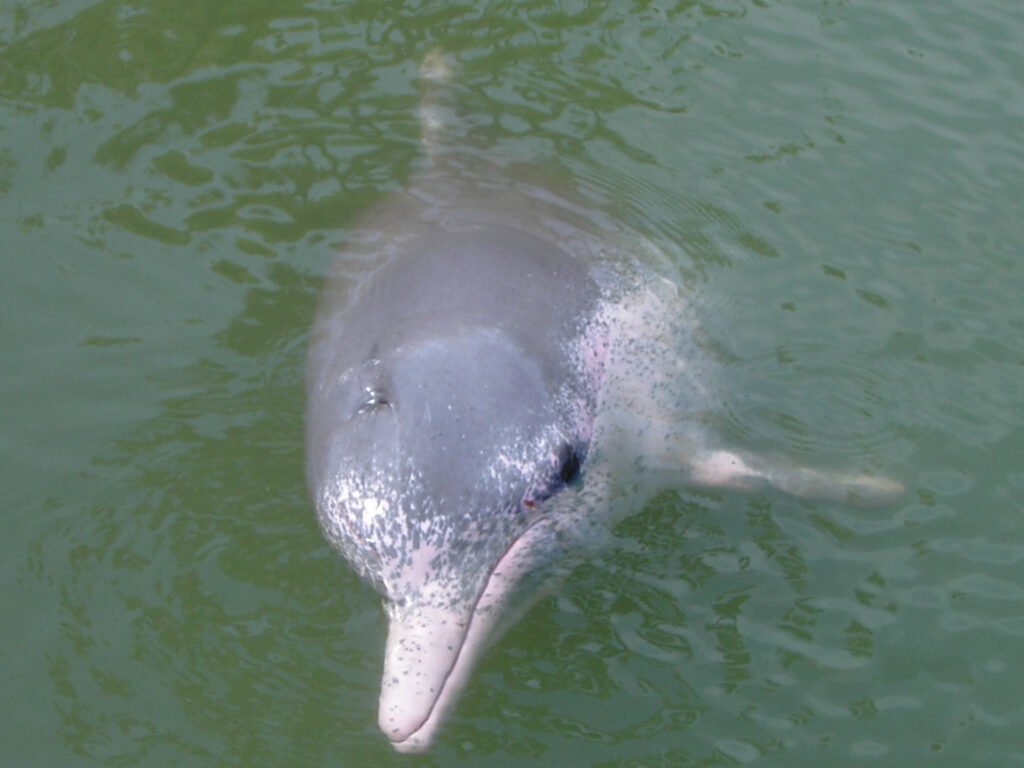Invasive species are organisms that thrive outside their native habitats, causing ecological disruption by outcompeting native species and altering environments. They can lead to biodiversity loss, economic losses, and sometimes health issues for humans. Understanding and managing these species is critical to protect ecosystems worldwide. With advances in technology, Artificial Intelligence (AI) emerges as a powerful tool for understanding and mitigating the impacts of invasive species.
AI for Data Collection and Monitoring

Monitoring invasive species traditionally requires extensive manpower and resources. However, AI streamlines data collection, making it more efficient and accurate. Drones equipped with AI-based cameras can survey vast areas to detect and monitor invasive species, using image recognition algorithms to identify non-native plants and animals quickly. Additionally, AI-powered sensors can track environmental changes, signaling potential invasions at an early stage and enabling faster responses to contain them.
Predictive Analytics and Risk Assessment

One of the most significant advantages of AI is its ability to predict trends and assess risks. Machine learning algorithms analyze complex datasets to forecast which environments are at risk of invasion and determine how invasive species might spread. This predictive capability allows conservationists and policymakers to prioritize areas that need urgent attention and to devise strategic plans to manage potential invasions effectively.
Mapping and Visualization

AI-driven mapping technology provides detailed visual representations of data about invasive species. Geographic Information Systems (GIS) integrated with AI can create dynamic maps that show the distribution and progression of invasive species over time. These visual tools help researchers and decision-makers understand the scope of invasions, facilitating better planning and resource allocation to manage these challenges.
AI and Automated Identification Systems

Identifying invasive species with precision is vital for their control. AI enhances identification processes through automated systems that use deep learning algorithms to distinguish species based on images or sounds. Apps and platforms supported by AI are now available, enabling citizens and professionals to identify species on the spot with smartphones, increasing public engagement in monitoring efforts and expanding the network of observers.
Behavioral Analysis and Impact Studies

Understanding the behavior of invasive species is essential to mitigate their effects. AI can analyze vast amounts of data on species behavior, interactions with native species, and environmental impact. This information helps scientists understand how invasive species adapt to new environments and the ecological consequences of their presence. Armed with these insights, conservationists can develop more effective management strategies to reduce their negative impact.
Case Studies: Successful AI Applications

Several case studies illustrate the successful application of AI in managing invasive species. For example, AI technologies have been used in the Galápagos Islands to control invasive rodents threatening native bird populations. Similarly, AI-driven drones help manage invasive plant species in Australia by precisely applying herbicides, minimizing environmental impact. These examples highlight the power of AI in creating innovative solutions for conservation challenges.
Conclusion: The Future of AI in Ecology

The integration of AI in understanding and managing invasive species marks a significant advancement in ecological conservation. While the technology is still evolving, its potential to provide comprehensive monitoring, predictive analysis, and effective management is undeniable. Continued collaboration between technologists and ecologists will further refine these tools, making them indispensable in safeguarding the world’s biodiversity from the threat of invasive species.




